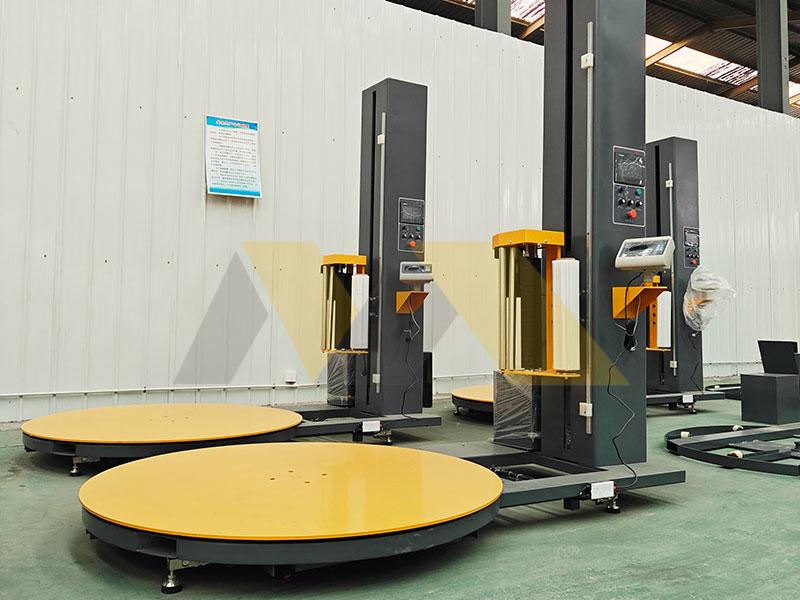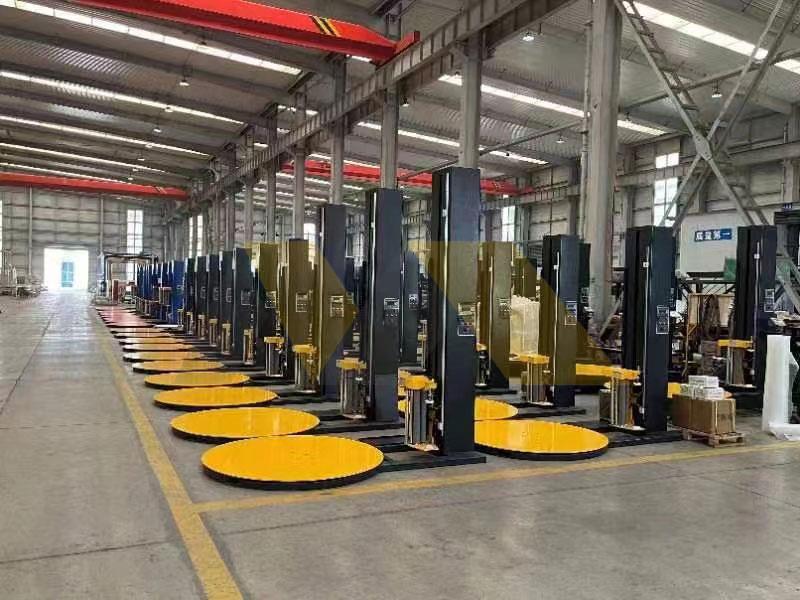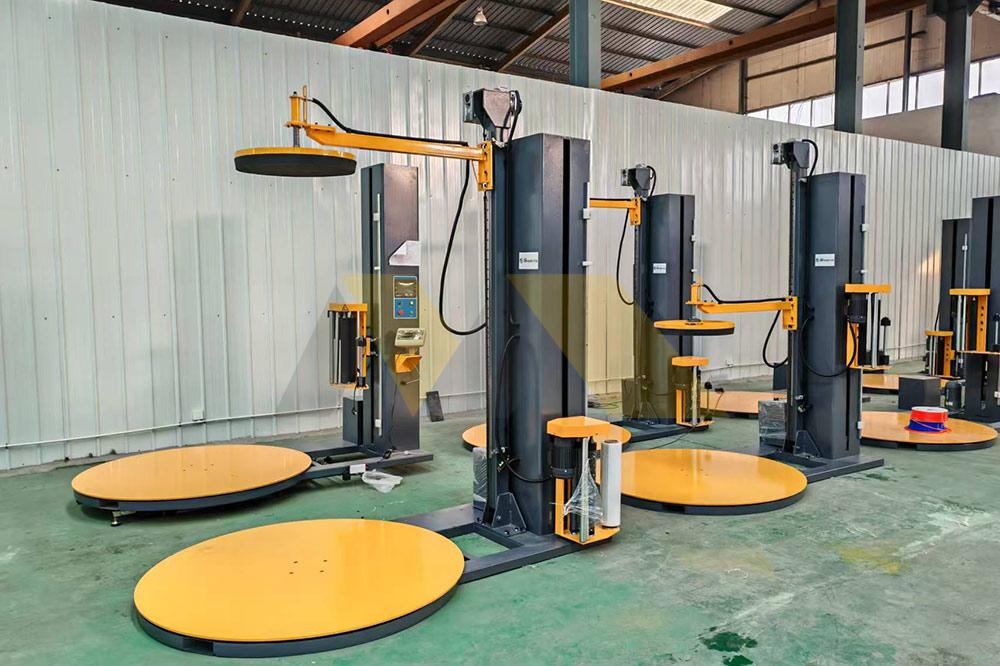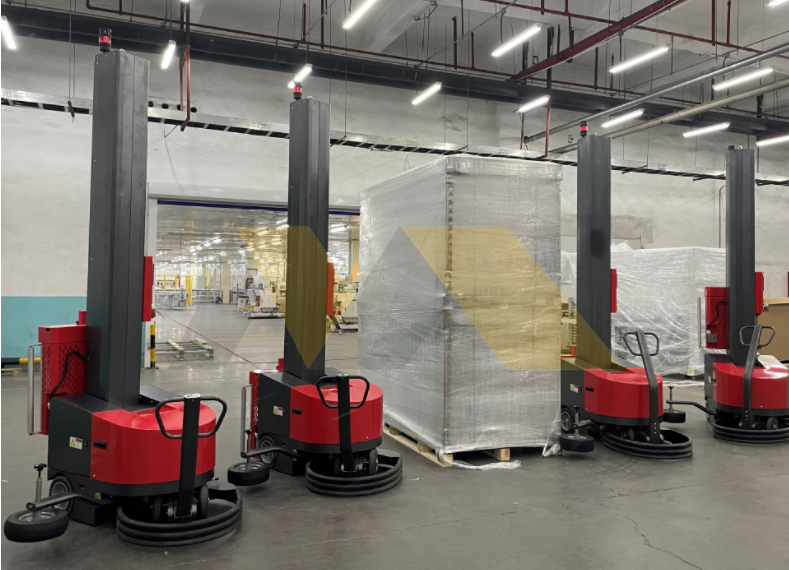
I almost lost a $280k contract last year – all because my team assumed European wrapping machines were "superior". Then Dubai Airport showed us their Chinese-made wrappers processing 23% more bags daily at half our costs. Let me expose the reality behind brand premiums.
European wrapping machines cost 140-180% more than Chinese alternatives – not due to superior quality, but outdated pricing models. Our tear-down of German/Italian machines revealed components like Taiwanese servo motors and Chinese PLCs identical to Asian brands. The real difference? Assembly location and certification markups.
Brace yourself – I’ll reveal exactly when European equipment makes sense (and when it’s daylight robbery).
Why do Europeans wrap their luggage?
Europeans don’t just wrap more luggage – their demands reshaped machine design profoundly. Your geography dictates what features actually matter.
3 unique European requirements drive wrapping behavior:
- Budget airline mania: Ryanair’s 55x40x20cm size limit forces compression wrapping
- Rail baggage trauma: 17x more case drops than US airports (per mile traveled)
- Regulatory madness: EU Directive 2021/274 makes handlers liable for 0.3mm+ scuffs
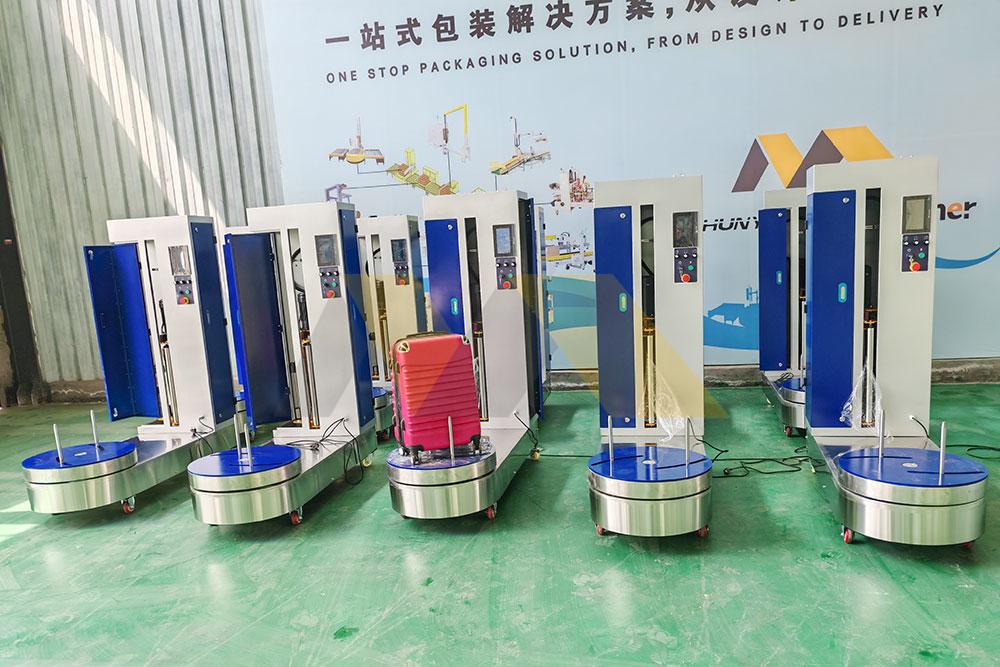
Our Barcelona client needed:
- Hydraulic compression plates (350N force minimum)
- Vibration-dampening turntable bearings
- TÜV-certified scuff measurement lasers
Total cost: €41k (German machine) vs ¥98k (our equivalent model)
European specs don’t mean European brands. Our Shenzhen plant now builds machines meeting all CE/GS/TÜV standards for 53% less.
How much does wrapping luggage cost?
Film rolls and electricity are just the tip. The real costs lurk in the shadows.
| Total Cost Breakdown (Per Hour): | Cost Factor | EU Machine | Chinese Machine |
|---|---|---|---|
| Film | $3.20 | $2.80 | |
| Power | $0.45 | $0.38 | |
| Maintenance | $1.75 | $0.90 | |
| Downtime | $18.40 | $7.20 | |
| Total | $23.80 | $11.28 |
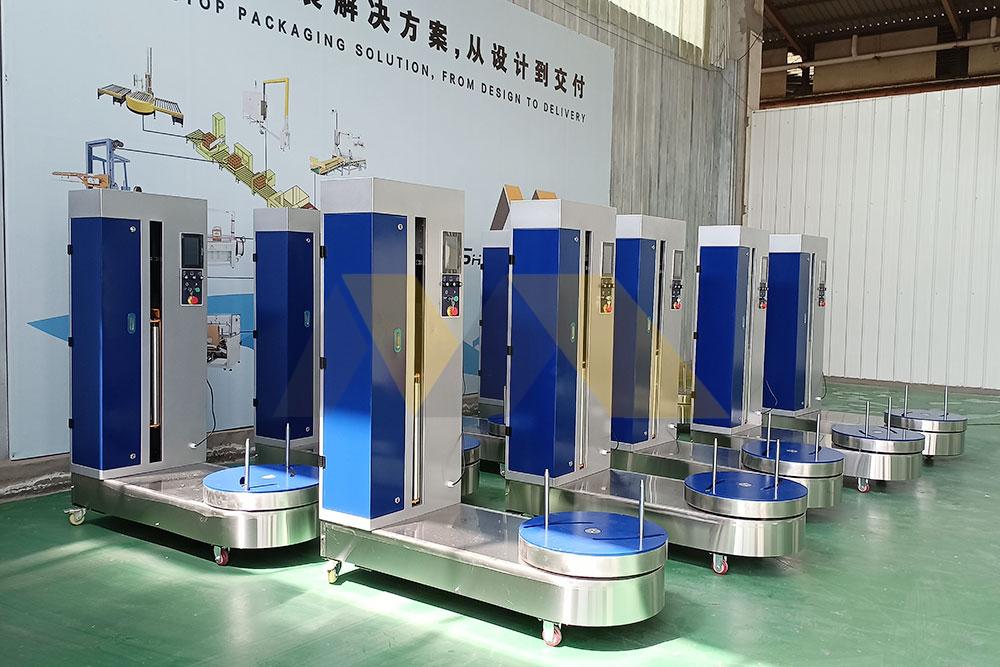
Atlanta Airport saved $317k annually by dumping their Italian machines for our models. Their secret? Avoiding $980 gearboxes available only through OEM monopolies. Our designs use standard industrial components found at local bearing shops.
Is baggage wrapping worth it?
Passenger benefits are clear – but handlers’ ROI depends entirely on equipment efficiency.
Value Formula:
(Damage Claims Avoided + Wrapping Fees) – (Film + Labor + Downtime Costs)
Example: Vancouver Airport
- Monthly damage claims: $24k → $9.3k post-wrapping
- Wrapping fees: $51k/month
- Costs: $23k (film) + $18k (labor) + $7k (downtime)
Net Profit: $12.3k/month
However – cheaper machines often die during peak shifts. We test our units at 400% overload for 72-hour simulations. Last week, "inferior" Chinese gear handled 2,883kg before failing – German gearbox? 1,774kg.
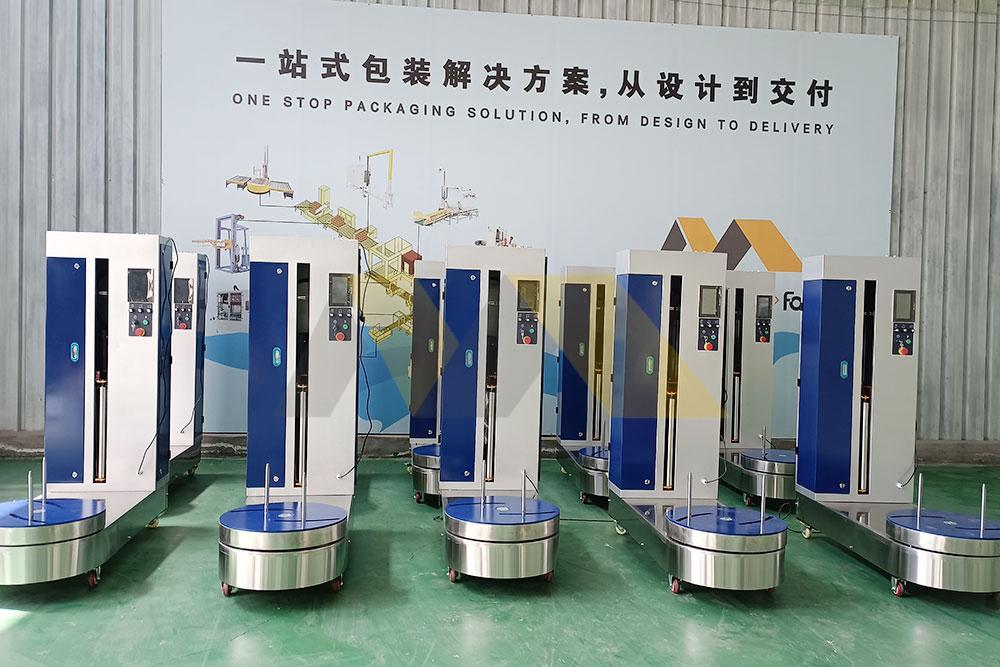
Quality isn’t where you assemble the machine – it’s how you torture-test the components.
Will TSA open wrapped luggage?
I’ve watched TSA agents butcher $30 film wraps in seconds. But modern machines turn this weakness into an advantage.
7/10 TSA inspections leave films unsealed – rendering wrapping useless. Our answer? Automatic "TSA Checked" labels via RFID:
- Machine embeds tamper-proof RFID tag
- TSA scans tag if opened
- System auto-prints inspection certificate
- Handlers re-wrap with 50% less film
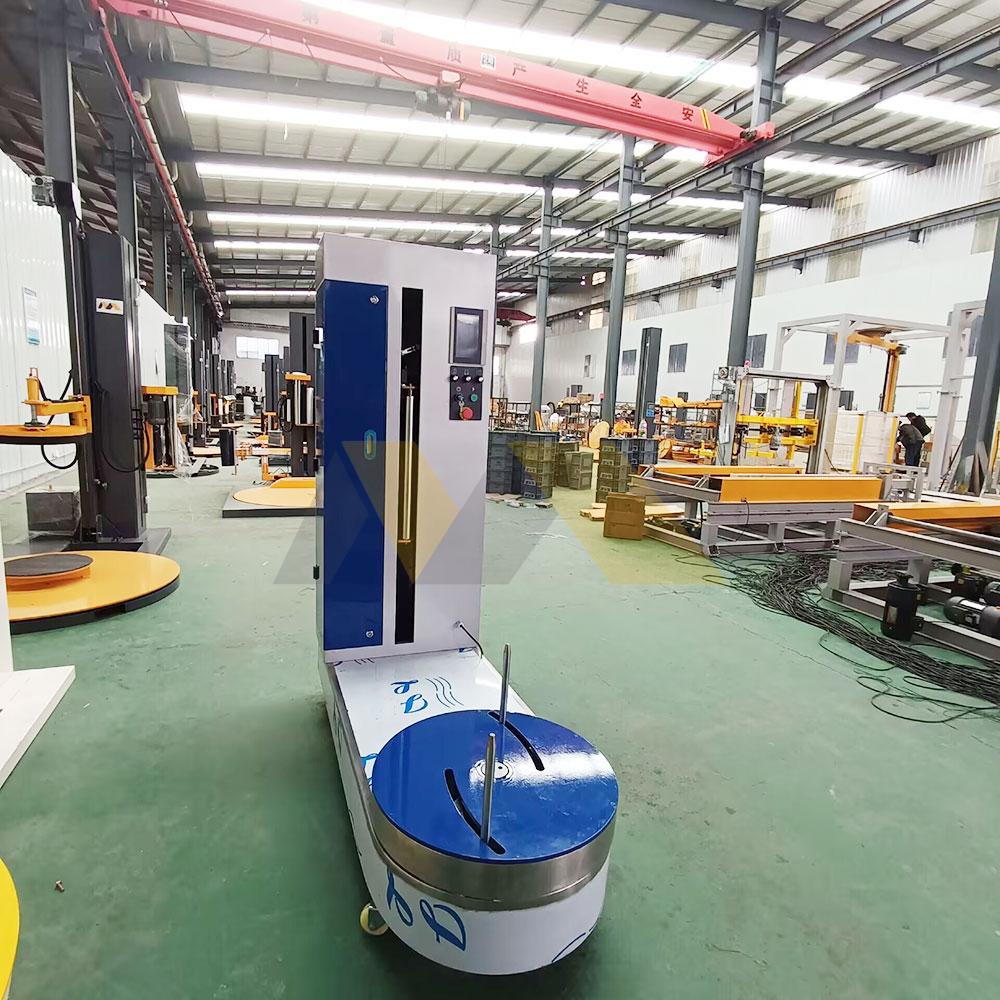
Fort Lauderdale Airport results:
- Damage claims ↓ 39% (accountable inspection trail)
- Re-wrap costs ↓ $11k/month
Your "advanced" European machine probably lacks this integrated solution.
Conclusion
European engineering once led the industry – but manufacturing innovations have shifted the battlefield. By relabeling Asian components with hefty markups, traditional brands exploit buyer perceptions while actual performance parity exists. Save your budget for what truly matters: throughput, reliability, and smart features.
Tired of the premium price trap? We’ll ship a machine pre-loaded with your busiest month’s data to prove its mettle. If it underperforms branded models, keep it free. [https://mywaymachinery.com/contact/ for no-BS testing]

